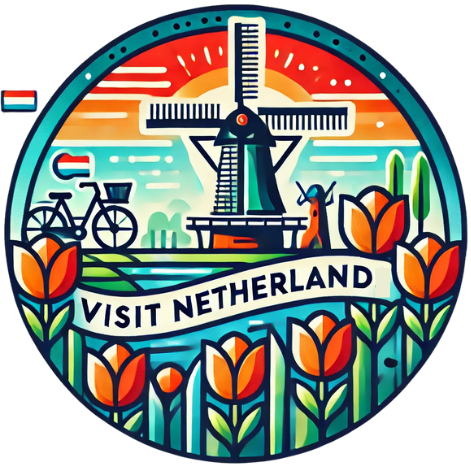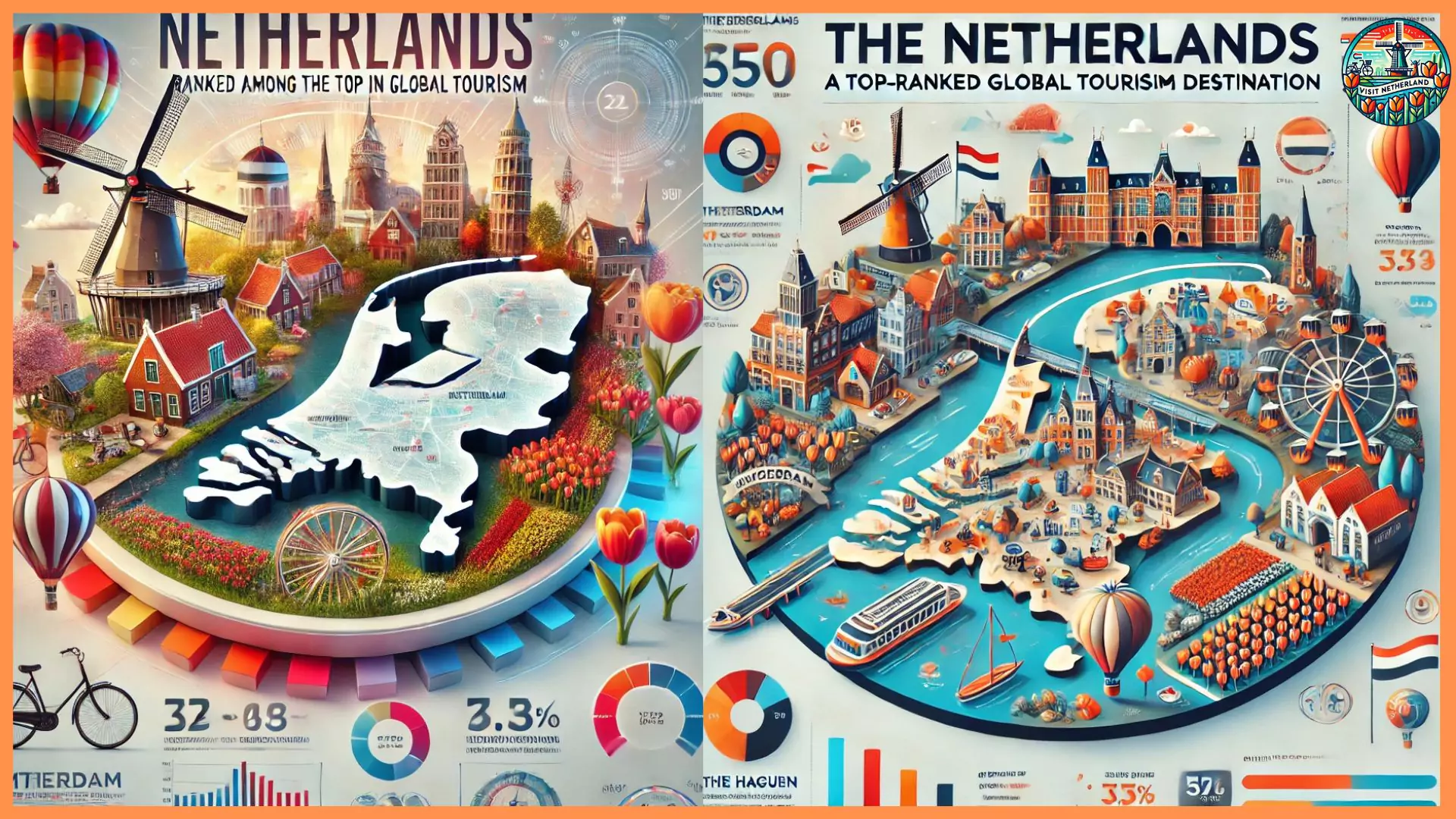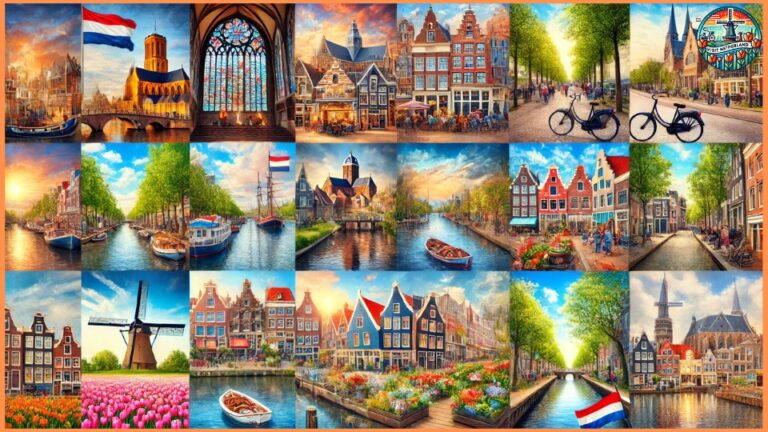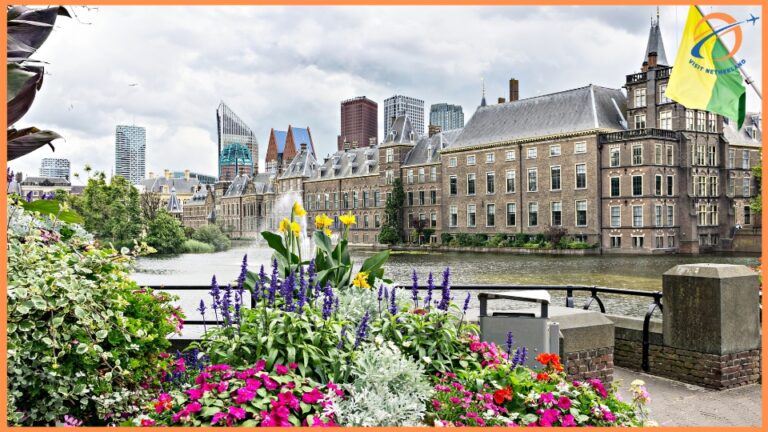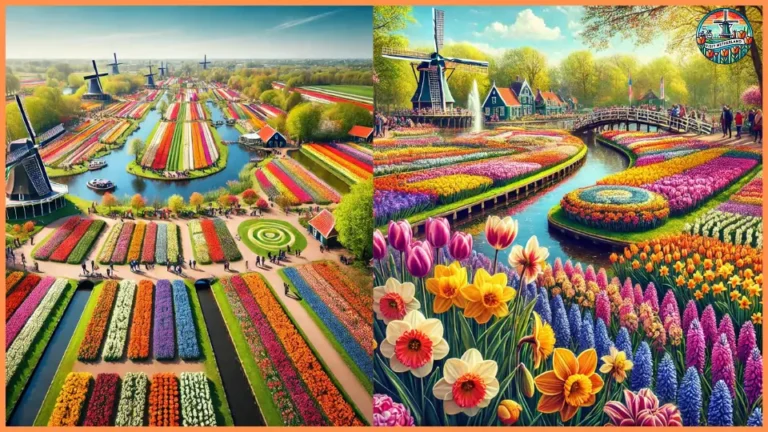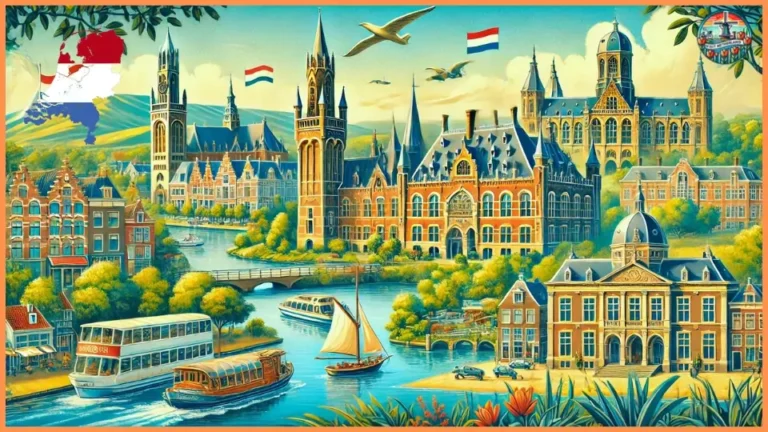How is the Netherlands Ranked in Tourism?
The Netherlands, famous for its beautiful sceneries, symbolic windmills, vibrant cities, and rich cultural heritage, is among the most visited countries in Europe. Tourism is a serious segment of the Dutch economy, with millions of visitors annually. But how does the Netherlands rank globally in tourism, and what makes it such an attractive destination? It discusses the position of the Netherlands within the tourism industry globally, which contributes to its success, and further elaborates on how this country manages to keep a strong attraction for tourists.
1. Tourism Rankings and Statistics
The Netherlands consistently ranks among the top tourist destinations in Europe and the world. According to the World Tourism Organization (UNWTO), the Netherlands was ranked 14th globally in terms of international tourist arrivals, with over 20 million international tourists visiting the country annually. This makes the Netherlands one of the top 20 tourist destinations globally.
In the European context, the Netherlands ranks in the top 5 for international tourism, alongside countries such as France, Spain, Italy, and Germany. The country benefits from its central location in Europe, excellent infrastructure, and its appeal as a year-round destination for leisure and business travelers.
One of the latest reports, the European Travel Commission’s European Tourism Trends & Prospects, said that in the Netherlands, international visitor numbers had steadily increased, especially in the post-pandemic period. The country’s tourism sector rebounded strongly when global travel restrictions were lifted; the number of visitors suddenly surged, with substantial market growth from North America and Asia.
2. Key Factors Driving Tourism in the Netherlands
Several factors contribute to the Netherlands’ success in tourism. Below are the primary elements that have helped the country maintain its strong position in global tourism rankings.
a) Cultural and Historical Appeal
The Netherlands is a country rich in culture and history, housing various museums, art galleries, and historic landmarks. Major cities include Amsterdam, Rotterdam, and Utrecht, where famous attractions include the Rijksmuseum, the Van Gogh Museum, and Anne Frank House. It also includes the country’s beautiful architecture: from the historic canals of Amsterdam to the medieval castles and modern architectural marvels of Rotterdam.
The Netherlands’ unique history, with its maritime heritage, liberal values, and artistic achievements, continues to draw history enthusiasts, art lovers, and those interested in the country’s progressive social policies.
b) Scenic Landscapes and Nature
Beyond the cities, the Netherlands is also known for its striking and unique natural beauty. The country is famous for its tulip fields, especially during the spring season, which attract visitors from around the world to see the flowers in bloom. Keukenhof Gardens, which is often referred to as the “Garden of Europe,” is one of the world’s largest flower gardens and one of the main attractions of the country. They also come to visit the well-known windmills of the country, like those in Kinderdijk, a UNESCO World Heritage site.
Additionally, the Netherlands offers scenic biking routes, expansive beaches, and national parks such as De Hoge Veluwe and Lauwersmeer, which appeal to nature enthusiasts and outdoor lovers. The country’s extensive cycling infrastructure makes it an ideal destination for those seeking an active and eco-friendly holiday.
c) Vibrant Cities and Modern Attractions
Amsterdam, the Dutch capital, is one of the most visited cities in Europe and often ranks high in global tourism city rankings. Its vibrant atmosphere, canals, world-class museums, and diverse neighborhoods make it an attractive destination for millions of visitors each year. Visitors can also enjoy contemporary art and fashion scenes and a wide variety of dining options, from Michelin-starred restaurants to cozy cafes.
Other Dutch cities, such as Rotterdam, known for its modern architecture and cultural institutions, and Utrecht, with its charming old town and vibrant student culture, also contribute to the country’s strong tourism performance. The Netherlands’ ability to combine old-world charm with cutting-edge modernity is a key factor in attracting international visitors.
d) Strong Infrastructure and Accessibility
The Netherlands boasts a highly developed transportation network, making it easy for tourists to explore the country. Amsterdam Schiphol Airport is one of the busiest airports in Europe, offering direct flights from virtually every major city in the world. The country’s well-connected rail network provides convenient access to cities across Europe, while domestic travel by train, bus, and car is straightforward.
The Netherlands is also renowned for its efficient public transportation system within cities, with trams, buses, and metro systems that make traveling around even the largest cities easy for visitors. The availability of bike rentals and the country’s reputation as one of the most bike-friendly places in the world make it a preferred destination for travelers looking to explore the landscape on two wheels.
e) Focus on Sustainability and Innovation
In recent years, the Netherlands has embraced sustainability as a key element of its tourism strategy. The country is actively promoting eco-friendly tourism, with numerous green initiatives aimed at preserving the environment and reducing tourism’s carbon footprint. For example, many hotels, restaurants, and attractions are adopting sustainable practices, and the government is working to reduce the environmental impact of the tourism industry as a whole.
Dutch tourism also embraces innovation, with cities like Amsterdam focusing on tech-driven experiences such as smart tourism and the integration of digital technologies into visitor services. This focus on sustainability and innovation is increasingly appealing to younger travelers and those with a strong interest in responsible tourism.
3. Challenges Facing Dutch Tourism
While the Netherlands has achieved a prominent position in global tourism rankings, it is not without challenges. Some of the key issues the country faces in tourism include:
Overtourism in Amsterdam: As one of the most popular destinations in Europe, Amsterdam faces the issue of overtourism, especially in certain areas such as the historic city center and the Red Light District. The influx of tourists has led to concerns about the preservation of local culture, quality of life for residents, and environmental impact.
Seasonal Crowding: The country experiences peak tourist seasons, particularly in the summer and during the tulip bloom in spring. Managing this influx of visitors while ensuring a high-quality experience for tourists can be challenging. The Netherlands is actively working to encourage tourism during the off-season to help alleviate some of the pressure on popular destinations.
Balancing Growth and Sustainability: While the tourism sector contributes significantly to the Dutch economy, it also puts pressure on local resources and infrastructure. Striking a balance between growth and sustainability is an ongoing challenge that the government and the tourism industry must continue to address.
4. Future Prospects for Dutch Tourism
The future of tourism in the Netherlands looks promising, with continued growth expected as the country focuses on attracting high-value tourists and expanding its offerings. The country’s commitment to sustainable tourism, innovative experiences, and rich cultural heritage will continue to make it a top destination for travelers seeking a blend of history, nature, and modernity.
Additionally, efforts to promote lesser-known destinations within the country and off-season travel will help spread tourism’s benefits more evenly across the Netherlands and avoid overcrowding in major cities.
The Netherlands remains one of the world’s most popular countries to visit, boasting great culture, beautiful landscapes, modern cities, and impressive infrastructure. With its focus on sustainability, innovation, and the preservation of its one-of-a-kind heritage, it is well-positioned to continue among the leaders of world tourism for decades to come. Although the Netherlands has its setbacks, it remains at the forefront of tourism rankings because it can change and adapt to various experiences and quality. Whether it be for art, history, cycling routes, or high tech, the Netherlands is still a beacon to travelers seeking both tradition and modernity.
